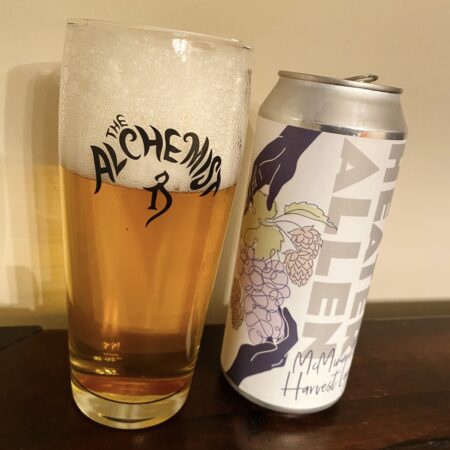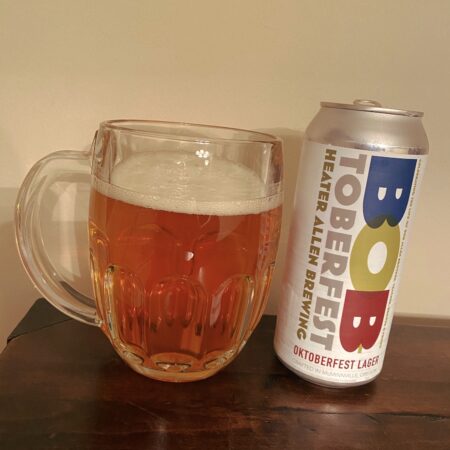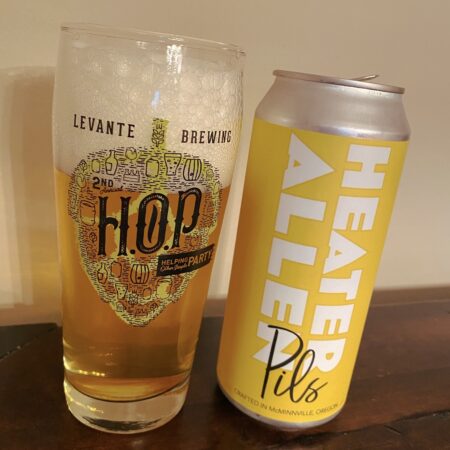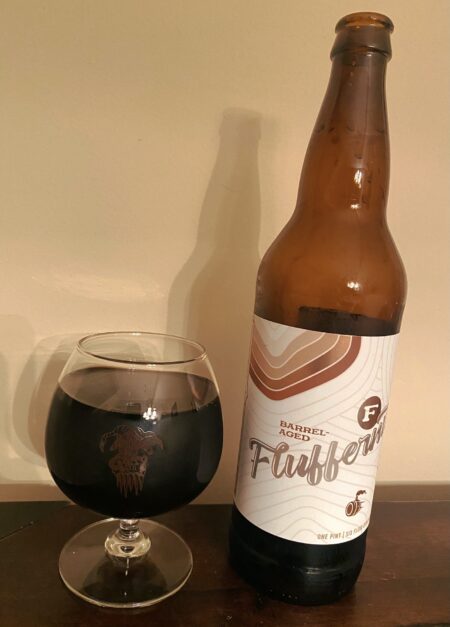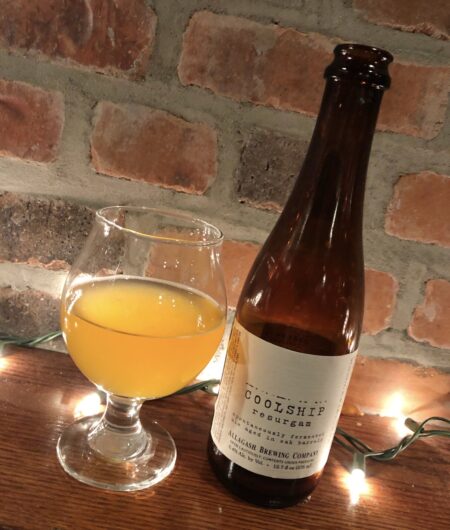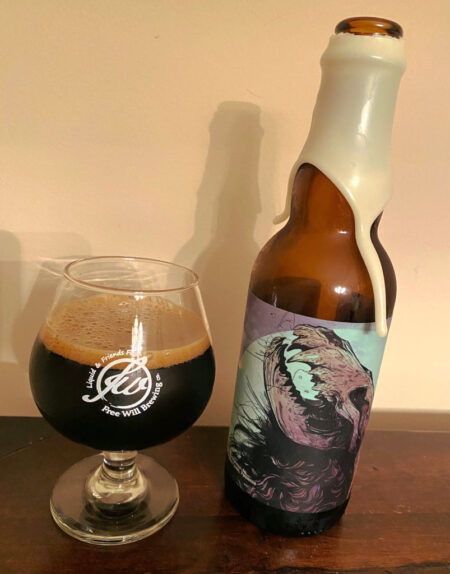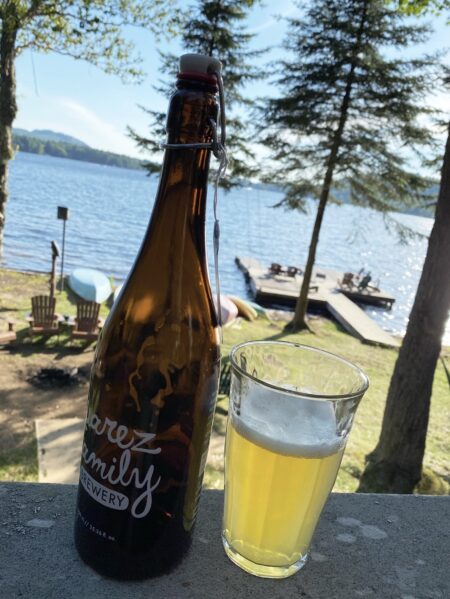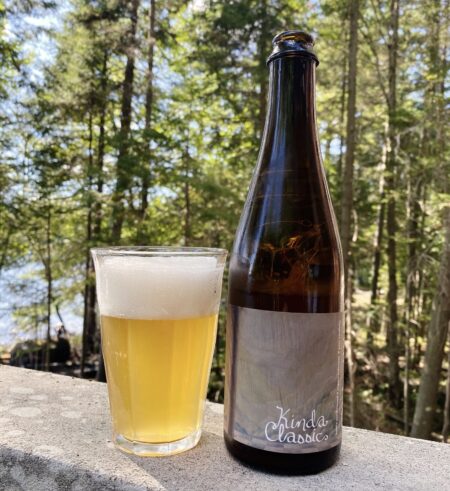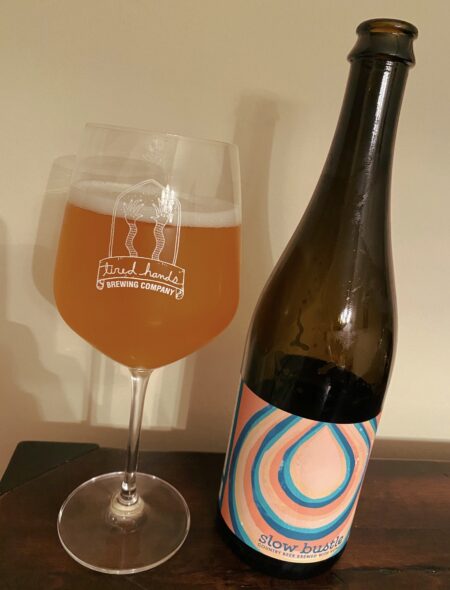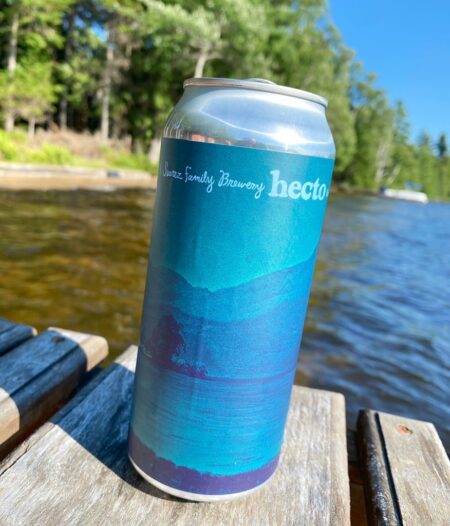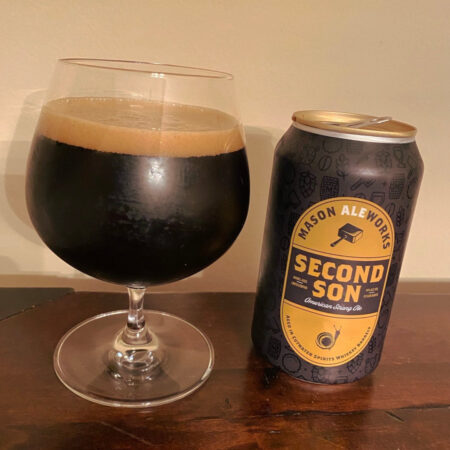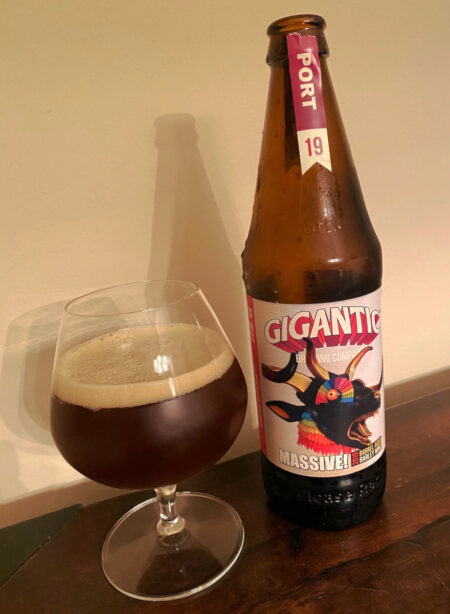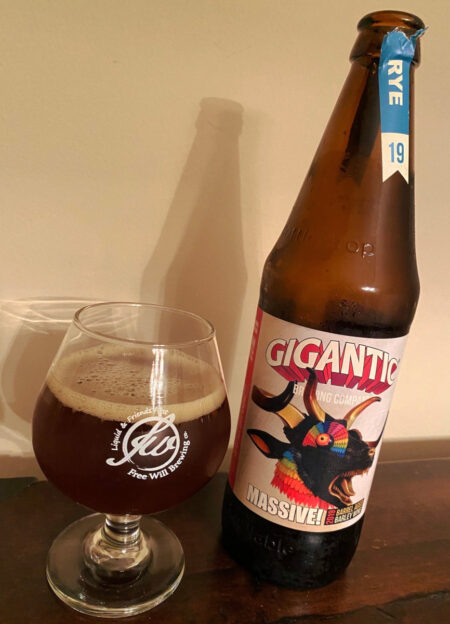It’s hard to keep up with the throngs of new breweries, even when we’re not mired in a global pandemic. However, given the lean times, it’s worth making the extra effort to support local breweries in whatever way you can.
Warwick Farm Brewing has been in the works for a while, but near as I can tell, they only opened their doors around a single twelvemonth* ago. It looks like they’re still hard at work on a tasting room that will be available right around the time a vaccine should be making the rounds, so maybe it’ll work out well for them. In the meantime, they’re still open for takeout orders, so I made the trek north to pick up some cans.
It looks like a good location, lots of space, and they’ve got ambitious plans to make use of their many acres of farmland to provide fresh ingredients, hops, etc… for their beers. Local buzz is good, if not monster hype levels (which is probably for the best), so let’s take a look at a few of their offerings:
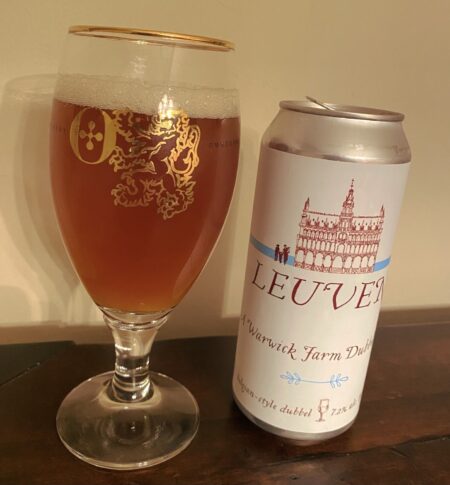
Warwick Farm Brewing Leuven – Belgian Style Dubbel – Pours paler than your typical dubbel, more orange than dark amber, with a fizzy, off-white head that resolves to a ring around the edge, but sticks around like that for a while. Smells of spicy, phenolic Belgian yeast, tons of clove, maybe a hint of black pepper, less in the way of fruity esters. Taste is sweet and spicy, again more focused on the spicy clove than fruity esters, though the fruitiness does emerge a bit more in the taste. Mouthfeel is medium bodied, well carbonated, reasonably well attenuated but not super-dry. Overall, a bit atypical for dubbels, but then, that’s not really out of character for Belgian-inspired beers… I actually quite like this, even if it doesn’t achieve the heights of my favorite dubbels. B
Beer Nerd Details: 7.2% ABV canned (16 ounce pounder). Drank out of a goblet on 10/30/20. Canned on 10/27/20.
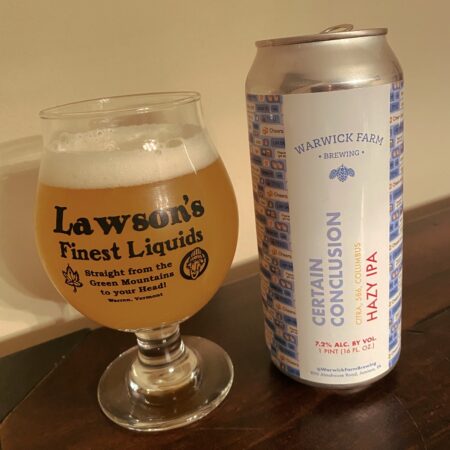
Warwick Farm Brewing Certain Conclusion – A northeast IPA with oats and dry-hopped with Citra, 586, and Columbus hops – Pours a pale golden yellow with only a light haziness to it, and a finger or so of white head. Smells nice, sweet fruit punch, some floral notes, a little dank pine. Taste is also sweet, that fruit punch character coming through here too, a hint of bitterness in the finish. Mouthfeel is medium bodied, moderately carbed, a little sticky sweet. Overall, it’s a fine little IPA with a distinct hoppy fruit punch character that is interesting… (I didn’t notice until now, but this can is over a month old – this may have fared a little better while fresher as some NEIPAs fall off very fast…) B+
Beer Nerd Details: 7.2% ABV canned (16 ounce pounder). Drank out of a tulip glass on 10/31/20. Canned on 09/29/20

Workshop Series No. 14 – Dark Czech Lager – A dark sessionable lager made with Saaz hops – Pours a very deep, dark brown, almost black color with a solid finger of tan, tightly bubbled head. Smells roasty, some chocolate and coffee notes mixed with the earthy, herbal, spicy notes of Saaz. Taste again tackles those roasted malt notes, chocolate and coffee grounds, with a mild but balancing bitterness. Mouthfeel is medium bodied, well carbonated, it doesn’t at all feel like it’s only 4.5% ABV. It doesn’t really approach imperial stout levels or anything either. Overall, this one is a pretty fantastic take on an unheralded style. Honestly my favorite of the three, which is a little surprising… Maybe I’m becoming a lager person? A-
Beer Nerd Details: 4.5% ABV canned (16 ounce pounder). Drank out of a tulip glass on 10/31/20.
A most promising introduction to a new local brewery that I’m going to have to become more acquainted with.
* This is the Shakespearean way to say “one year.”
